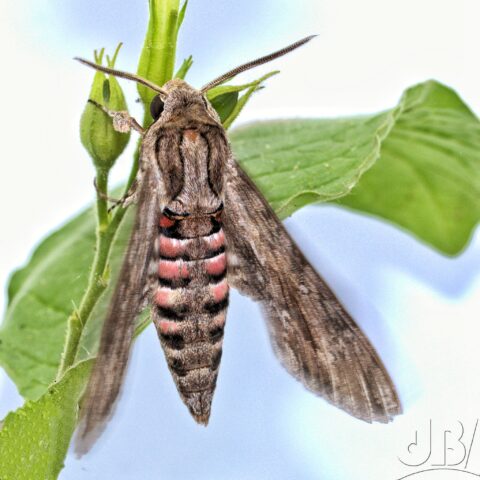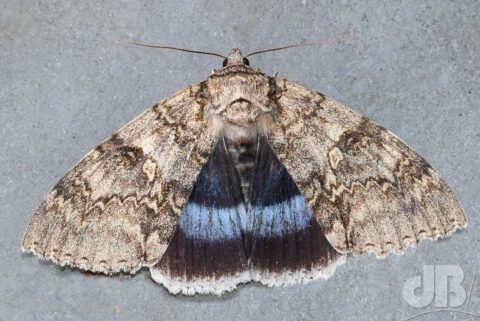TL:DR – Reasons to be a citizen scientist lepidopterist.
I’ve been mothing since July 2018. By which I mean I have used lures (ultraviolet light sources, pheromones, and occasionally sugar mixtures) and a trap to allow me to monitor, count, photograph, and release the moths that pass through my garden at night. It has apparently since become an even more popular hobby, particularly among wildlife enthusiasts during the time when we were all in covid lockdown and had limited opportunity to be out and about exploring nature in situ, birdwatching, gulling, seeking out wildflowers, etc.

There is an argument that mothing might be detrimental to the already heavily threatened populations of moths, but I think the benefits in terms of scientific insight and education far outweigh the negligible impact on moth populations.

Indeed, there was a scurrilous article in The Guardian in 2019 that had lots of reasons why we shouldn’t moth, largely invalid and easily debunked by anyone with an announce of conservation savvy. So, here’s a list of ten good reason why mothing matters:
- Moth trapping and recording is a valuable citizen science activity that allows non-scientists to contribute to scientific research and conservation efforts. The overall scale of scientific moth trapping on reserves and at research centres is far greater than amateur garden mothing.
- Moths play important roles in ecosystems as pollinators, food sources for other animals, and indicators of environmental health and so understanding their behaviour and distribution can help in deciding on conservation initiatives.
- Moths are often overlooked compared to butterflies (which are actually just a grouping within the Lepidoptera like any grouping of moths), but there are around 160,000 species of moths worldwide (2500 in the UK), making them an incredibly diverse and fascinating group of insects. The more we know about such diversity, the better.
- Moths are also important bioindicators, as they can be used to monitor changes in habitat quality and climate.
- Moth trapping and recording can help identify new species, expand knowledge of distribution and range, and range extension and reduction, as well as migration, and provide important data for conservation efforts.
- Moths are often nocturnal and elusive, making them difficult to study through traditional observation methods. Moth trapping provides an opportunity to observe and study these insects in greater detail.
- Moth trapping can also provide a unique opportunity to engage with the natural world and inspire curiosity and interest in science and conservation in young and old alike.
- Moth trapping can be done in a non-invasive and ethical manner, with moths typically released unharmed after being recorded and identified.
- Moth trapping can provide valuable data on population trends and species diversity, which can help inform conservation decisions and management strategies.
- Moth trapping is a relatively low-cost and accessible activity that can be done by people of all ages and backgrounds in their own gardens or even from the balcony of a tower block, making it an ideal way to engage a wide range of people in science and conservation. Lots of nature reserves running mothing events open to the public.
Funnily enough, even trapping every evening makes very little difference to the moths overall. In fact, there is an added benefit to regular moth trapping: it most likely increases biodiversity at the specific site or garden as more species passing in the night are being lured in. If you’ve created good habitat, this can only benefit the moths. But, it’s also good for the bats in your garden, good for the garden frogs too, and good for the birds who can feast on adults and larvae.